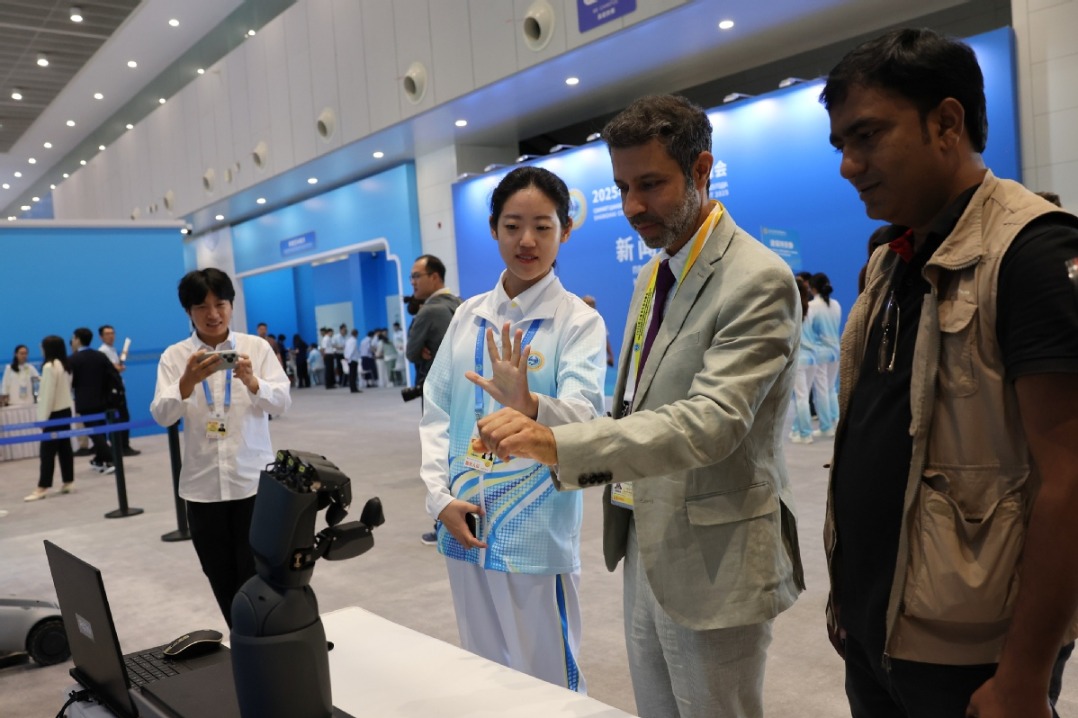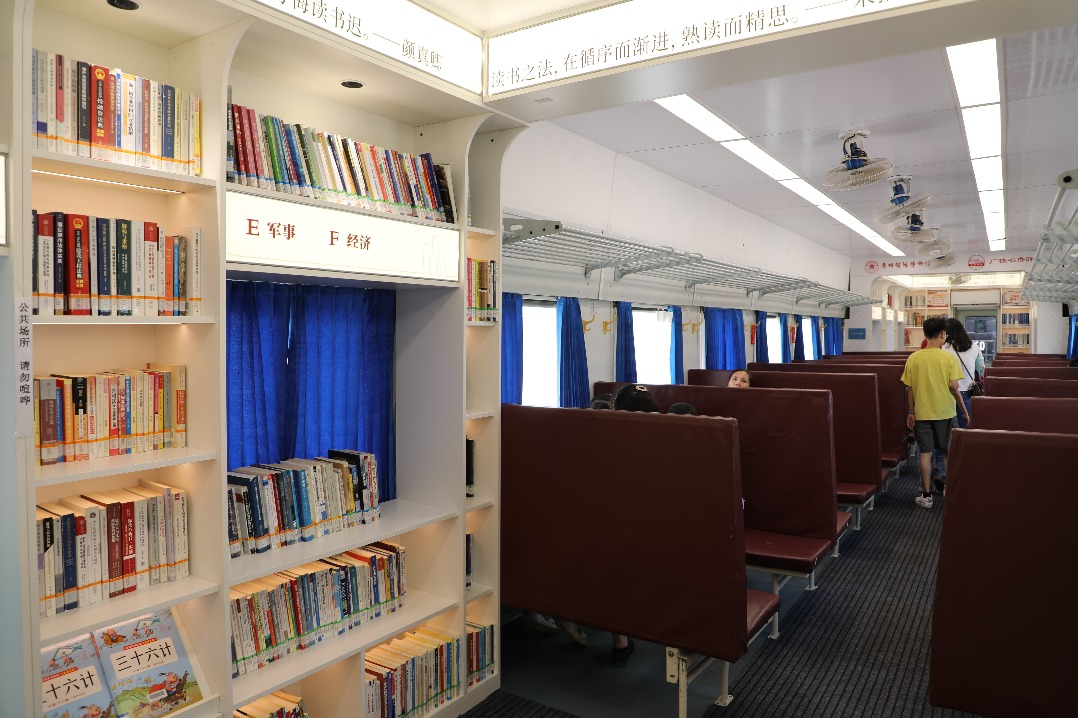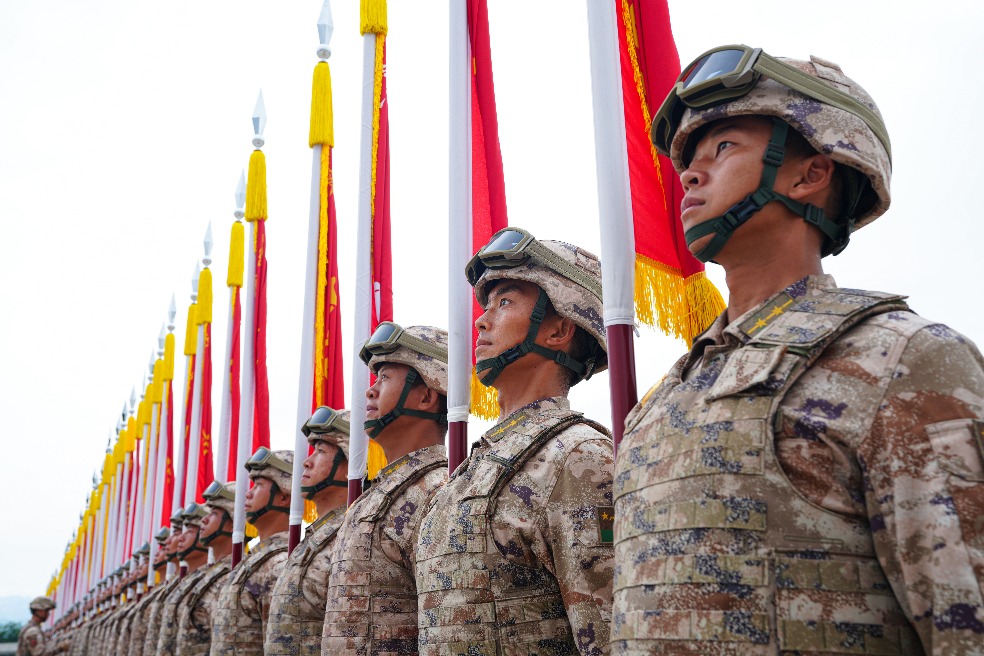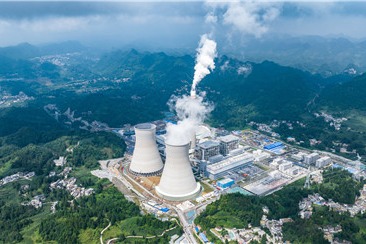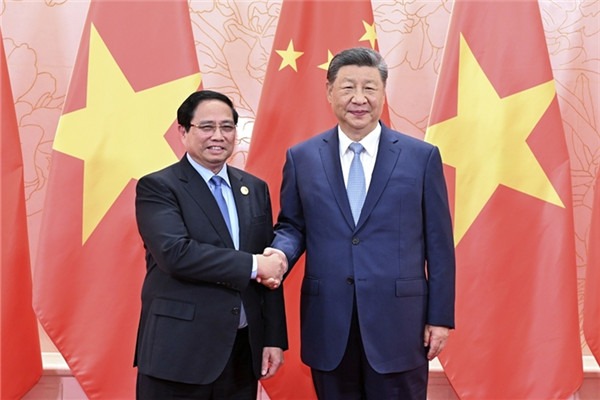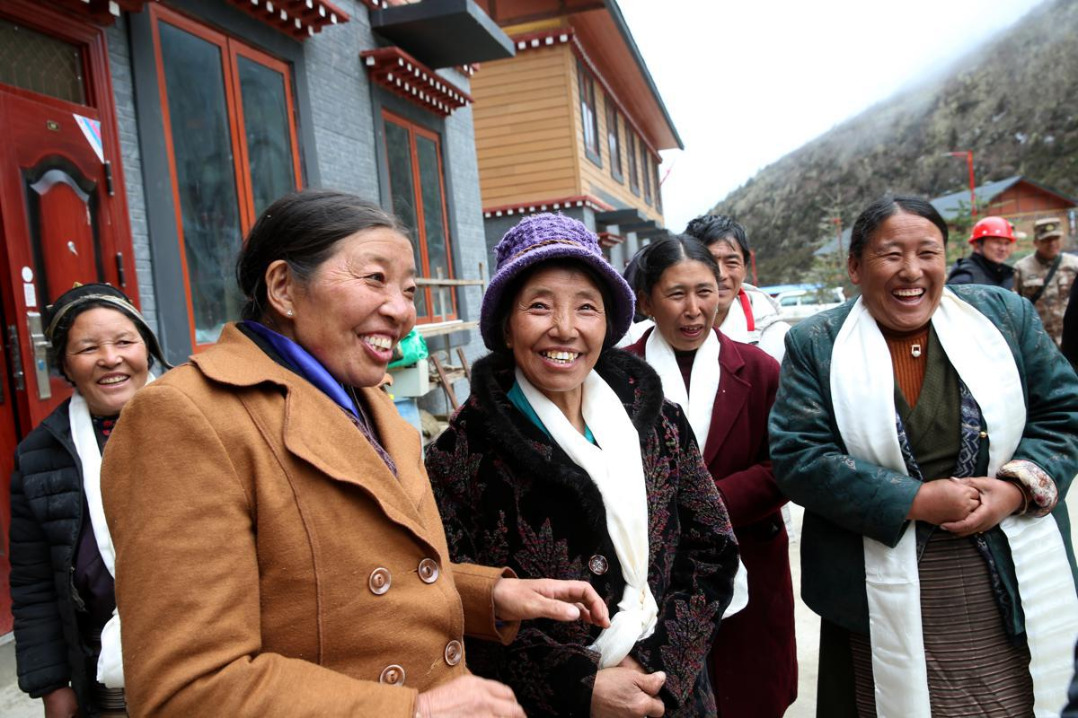Exhibition highlights Yangtze River's influence on Chinese civilization


Divided into three thematic chapters — Vital Origins, Brilliant Convergence and Magnificent Momentum — the exhibition spans 11 sections that metaphorically represent the 11 provincial-level regions through which the Yangtze flows.
The Vital Origins explores early human activities and the shared genetic roots of Chinese civilization, with highlights such as jade artifacts from the Neolithic archaeological site of Liangzhu in Zhejiang province, painted pottery from the Shijiahe site dating back about 5,900 years in Hubei province, and early city structures from the Baodun site about 4,500-3,700 years ago in Sichuan province.
The Brilliant Convergence showcases how the Yangtze contributed to the development of crafts, governance and philosophy, featuring relics from the ancient sites of Panlongcheng in Hubei and Sanxingdui in Sichuan, and exquisite bronzeware from Yunnan and Sichuan.
The Magnificent Momentum delves into the river's influence from the Song Dynasty (960-1279) onward, highlighting advancements in politics, education, trade and cultural exchange — from the Yuelu Academy and Jiangnan textile industry to ancient imperial examination scripts and theatrical paintings.
Beyond artifacts, the exhibition reimagines how geography and history intertwine, integrating symbolic visuals and interactive technologies. The museum's central atrium — with its grand dome and layered platforms — has been transformed into a narrative space where visitors metaphorically "travel upstream" along the river's cultural course.
- Crook: Unite Japanese people to prevent militarism
- SCO delegates explore Luban Workshop model in Tianjin
- International journalists hail SCO role in fostering development and stability
- Xi, Modi hold fruitful meeting: senior official
- Time to 'thank' friends who told China's story of resistance
- New blue book charts Chinese diplomacy in global affairs
















